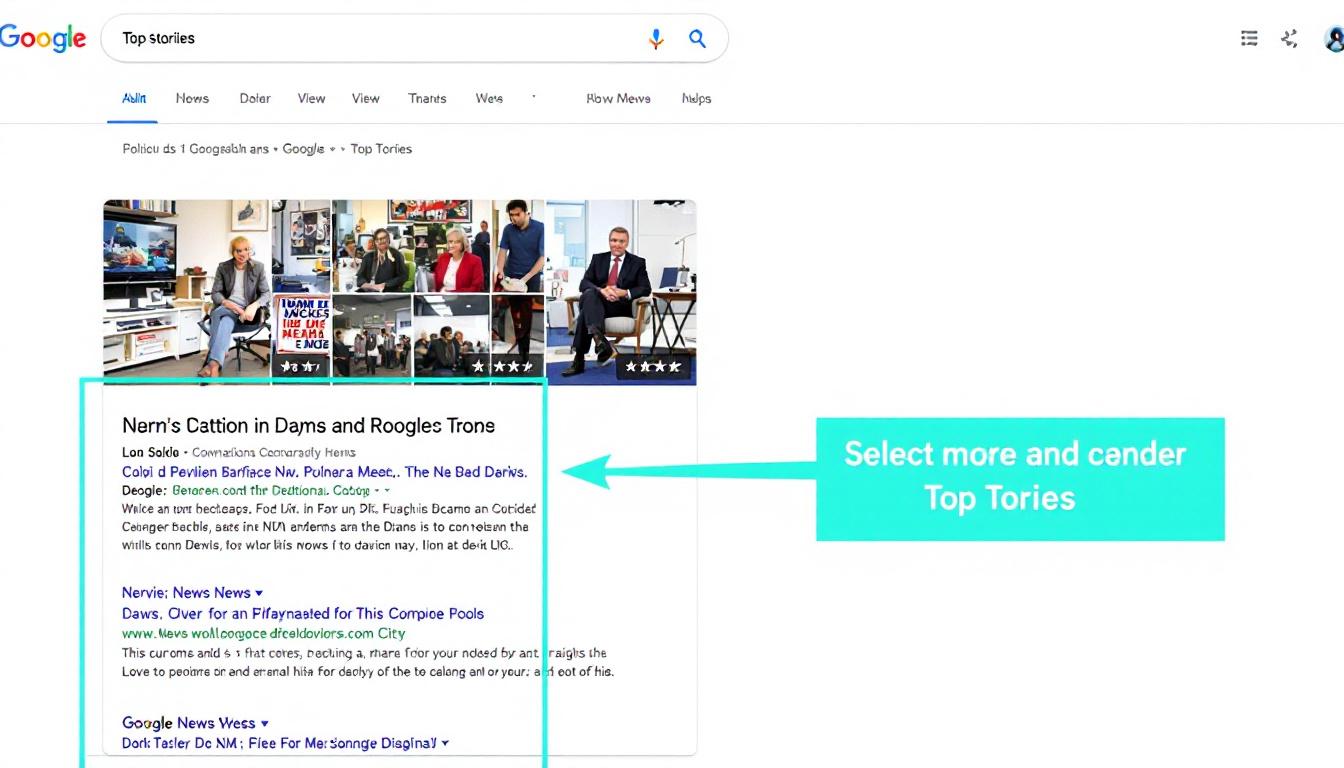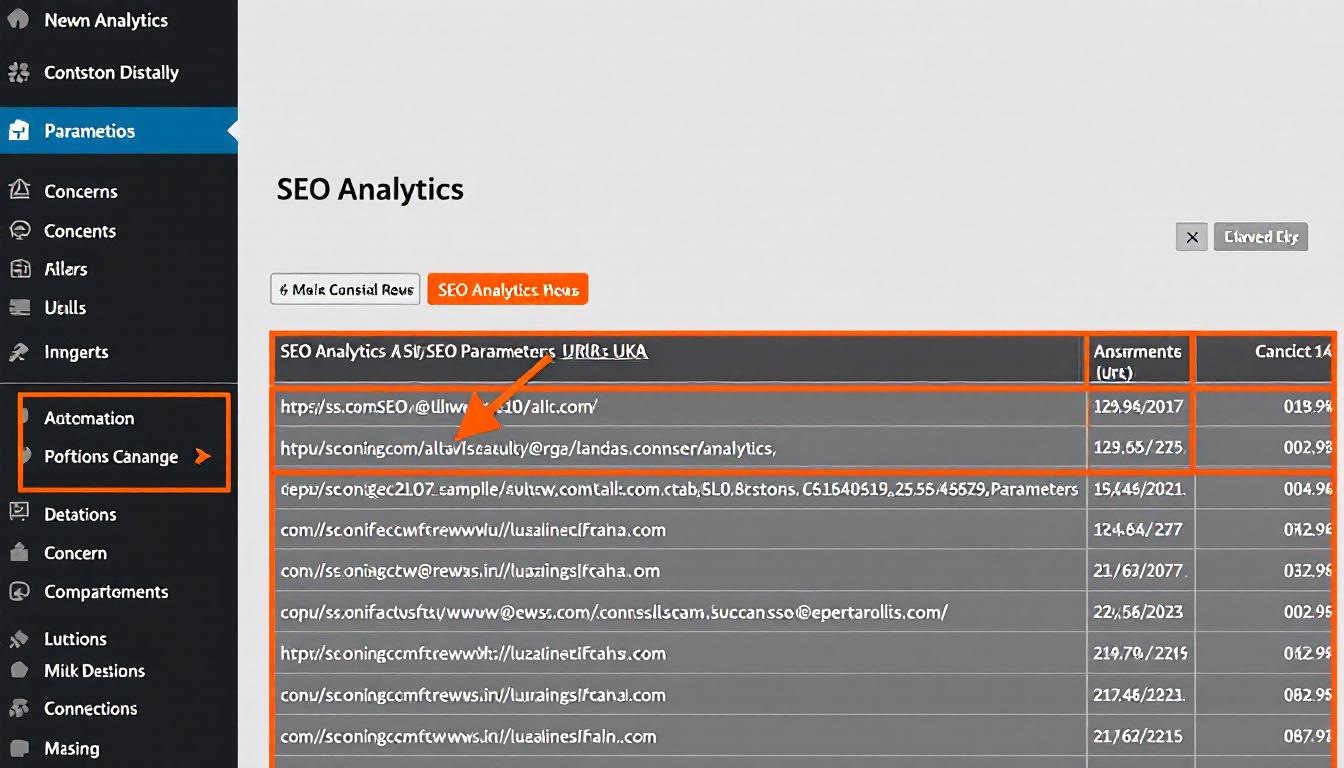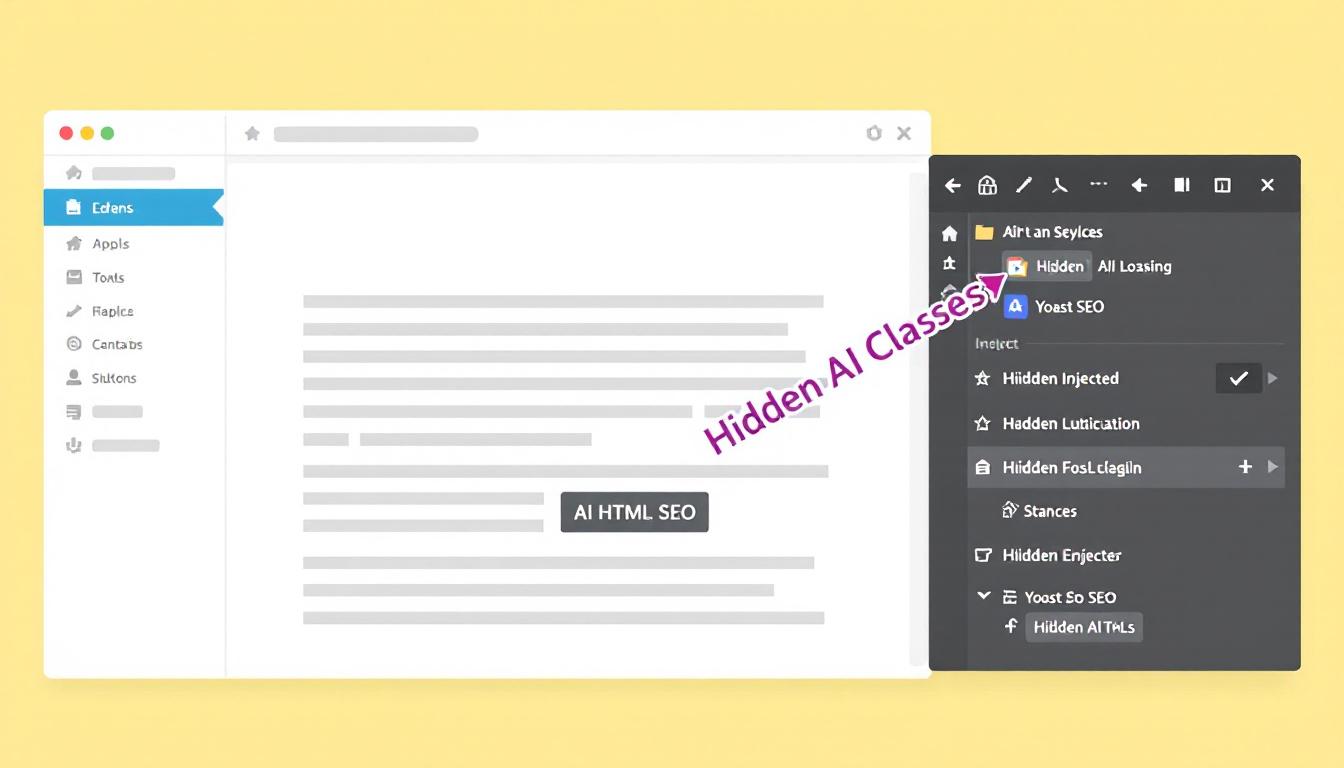Google has introduced a significant update to its Search Quality Rater Guidelines, the first major revision since March. These guidelines are instrumental for human evaluators who assess the quality of search engine results, offering a window into Google’s standards for high-caliber content.
SEMRush
SEMrush is a fantastic SEO tool that can be used to carry out keyword research, including tracking the keyword strategy of your competitors.
The latest changes highlight Google’s adjusted focus, particularly on AI-generated content and emerging spam tactics.
Major Updates in the January Revision
The January update brings several key changes that content creators and SEO experts need to be aware of.
These modifications emphasize the evaluation of AI-generated materials and address new forms of spam that could impact content quality assessments.
Introduction of Generative AI
A new definition has been incorporated to clarify the role and evaluation criteria of AI-generated content.
Section 2.1, titled “Important Definitions,” now includes a formal definition of generative AI. This addition provides clear instructions for raters on how to assess content produced by machine learning models.
The definition specifies that generative AI involves creating new content such as text, images, music, and code based on learned examples.
Differentiating Low and Lowest Quality Content
The guidelines have expanded sections 4.0 through 4.6 to detail various forms of low-quality content and spam.
The update identifies three primary areas of concern: expired domain abuse, site reputation abuse, and scaled content abuse. Each category outlines specific tactics used to manipulate search rankings and underscores the importance of high-value, user-centric content.
For instance, expired domain abuse involves repurposing expired domain names to host low-value content, while site reputation abuse leverages established site authority to publish third-party content that offers little user benefit.
Scaled content abuse refers to the mass production of pages that prioritize the website owner’s interests over providing valuable information to visitors.
Detecting AI-Generated Content
Section 4.7 offers concrete examples and criteria for identifying content created by AI.
This section provides specific indicators of AI-generated content, such as the lack of originality and incomplete or cut-off sentences that fail to deliver meaningful value to users.
Examples include articles that begin with disclosures about being created by a language model and end abruptly without providing comprehensive information.
New Technical Evaluation Requirements
Additional technical instructions have been included to enhance the accuracy of content evaluations.
Raters are now required to disable ad blockers when assessing webpages to ensure that their evaluations reflect the genuine user experience without any ad interference. This mandate applies to browsers like Chrome, which may automatically block certain advertisements.
Ensuring that ad blockers are turned off is crucial for accurately rating the page’s content and layout as users would typically experience it.
The Bottom Line
The latest updates to Google’s Search Quality Rater Guidelines signify a strategic shift towards better handling of AI-generated content and emerging spam techniques.
For content creators and SEO professionals, these changes underscore the importance of producing original, valuable content that meets user needs. Staying informed and adhering to these guidelines will be essential for maintaining high-quality standards and achieving favorable search rankings.








